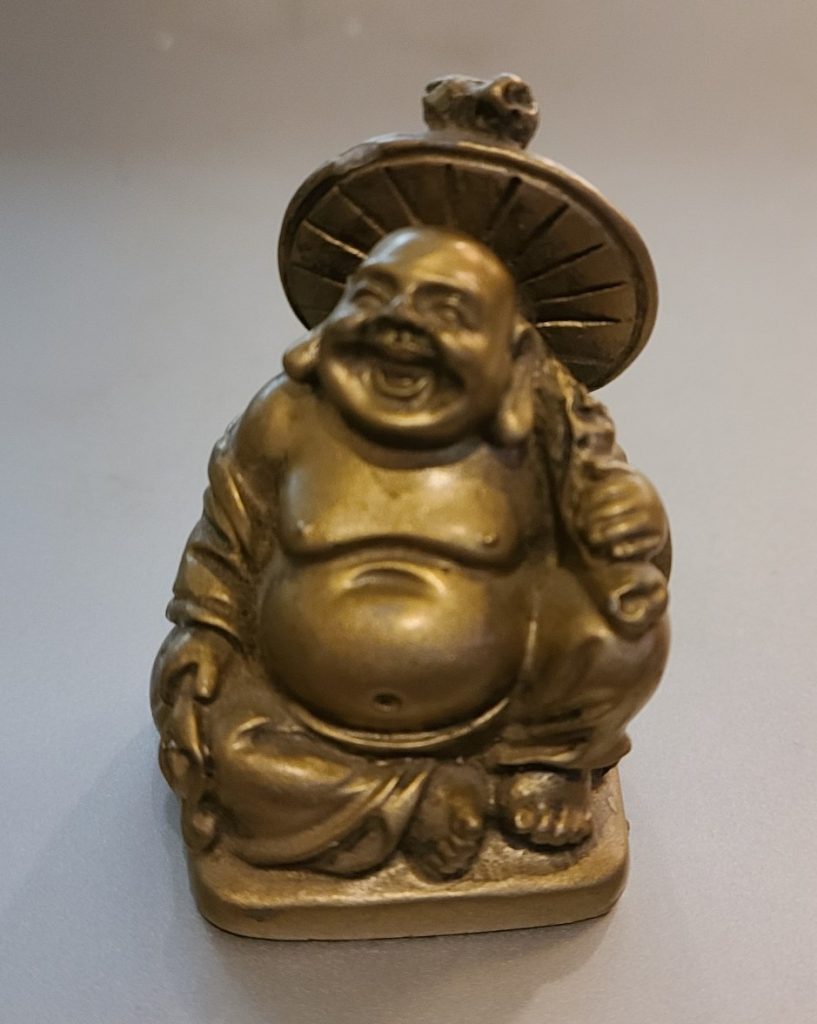
A question concerning “how to mediate” that comes up often is whether or not concentrating on a manual project strongly enough to “enter the zone” is the same as sitting meditation. Examples of activities that result in “entering the zoom” are numerous. My personal favorite is hand planning wood. I can do that for a very long time, not actually wanting to get it finished because the effort is so pleasant. The repetition, movement, and smell of fresh cut wood has an hypnotic effect on me. Other people have reported this kind of experience while doing things such as knitting, chanting, rowing a boat on a calm lake, perhaps long distance running and other similar activities. Often when I talk to these folks about the experience of doing sitting meditation (sometimes referred to as Shamatha or “mind-calmness” or “calm abiding”) they say they “don’t need” to sit like that because their meditation practice is through one, or more, of those hypnotic inducing “in the zone” practices.
My feeling is that neither are “correct” or “the right way” – both work for some things, it might all depend upon the goal. It is a difficult topic to discuss with someone who has experienced only one approach because we really don’t have a good way to describe much of any of the experience. As a practitioner of both approaches I might be in a position of understanding the similarities and differences, but still find it very difficult to describe.
I think the first point is that “calm abiding” does not mean “without thought” – there are always thoughts. It is about noticing them, maybe even thinking about them – but not “attaching” to them. My experience with entering “the zoom” activities is that thoughts pretty much stop, it is a very different experience. Not a bad one, just a different one. If the goal is to “relax” maybe it doesn’t matter much which one you choose.
In general, the practice is to gently focus on an object of attention (the breath is a handy thing since it is always there, some people silently repeat a mantra such as “om”). Inevitably thoughts come up and the mind wanders. Eventually you notice that there are thoughts instead of the object of attention, at which point you go back to the object of attention. Around, and around, and around. Calmly watching thoughts arise without judgment or interpretation, drift on by, noticing, returning … The most important part of this whole cycle seems to be the part of “noticing” that you are thinking. This is what is being “practiced” – it is the part that we practice so that during our off-cushion time we learn to be calm and notice our thoughts rather than jump on them, get caught by them, and do things that we didn’t want to do. This might be a very different thing than what happens when doing something repetitively “in the zoom.”
There have been some interesting studies with brain scans of experienced practitioners during sitting meditation that show the mind is very active, but in specific locations. The parts of the brain that “light up” while going around this three-sided cycle of focusing, “thinking”, noticing and returning are in distinct locations, separate from each other. It seems that different parts of the brain are used to achieve these three activities. I am not sure what the importance of this might be, but I find it interesting that we seem to be “exercising” specific parts of our brains as we “practice” these practices.